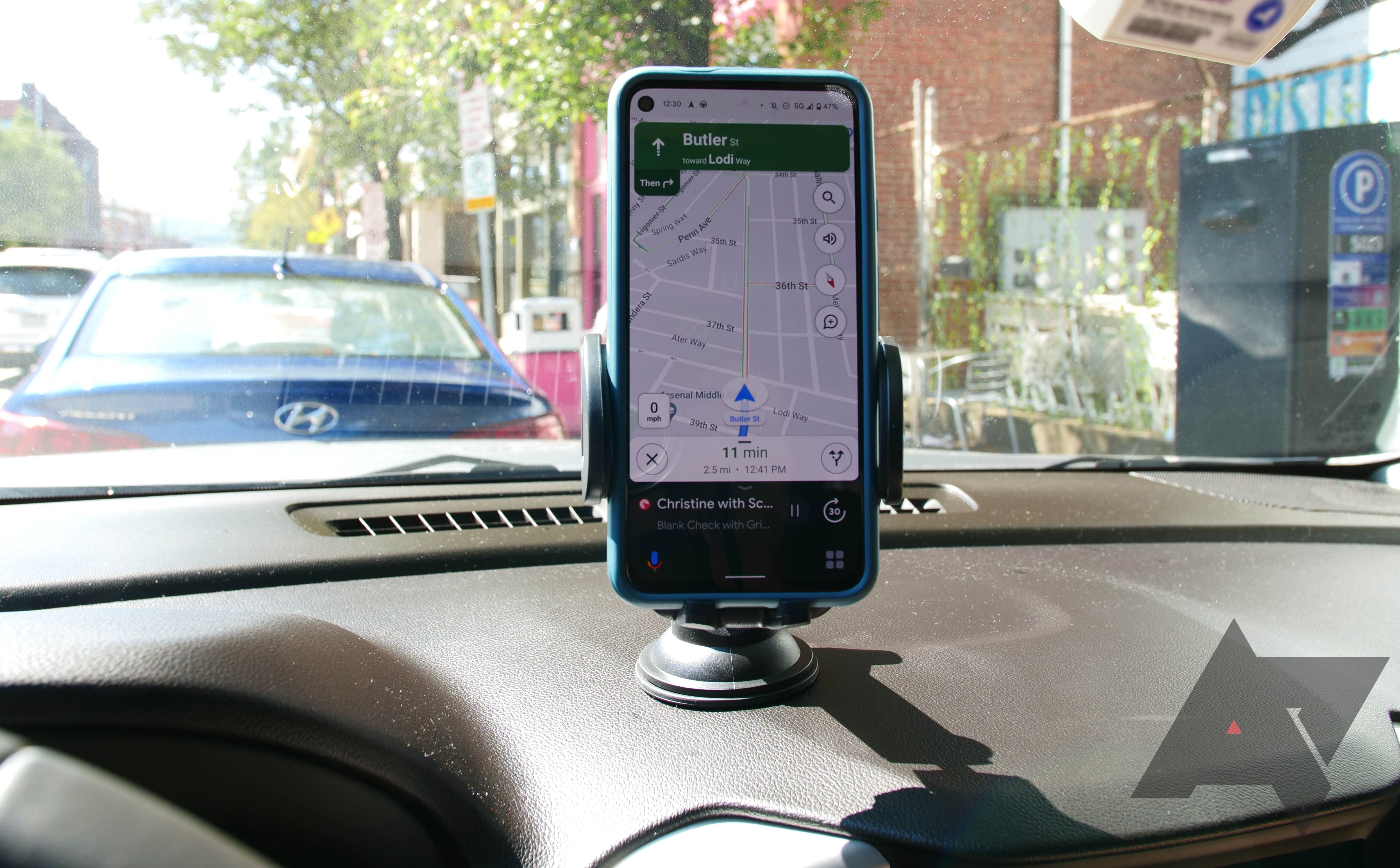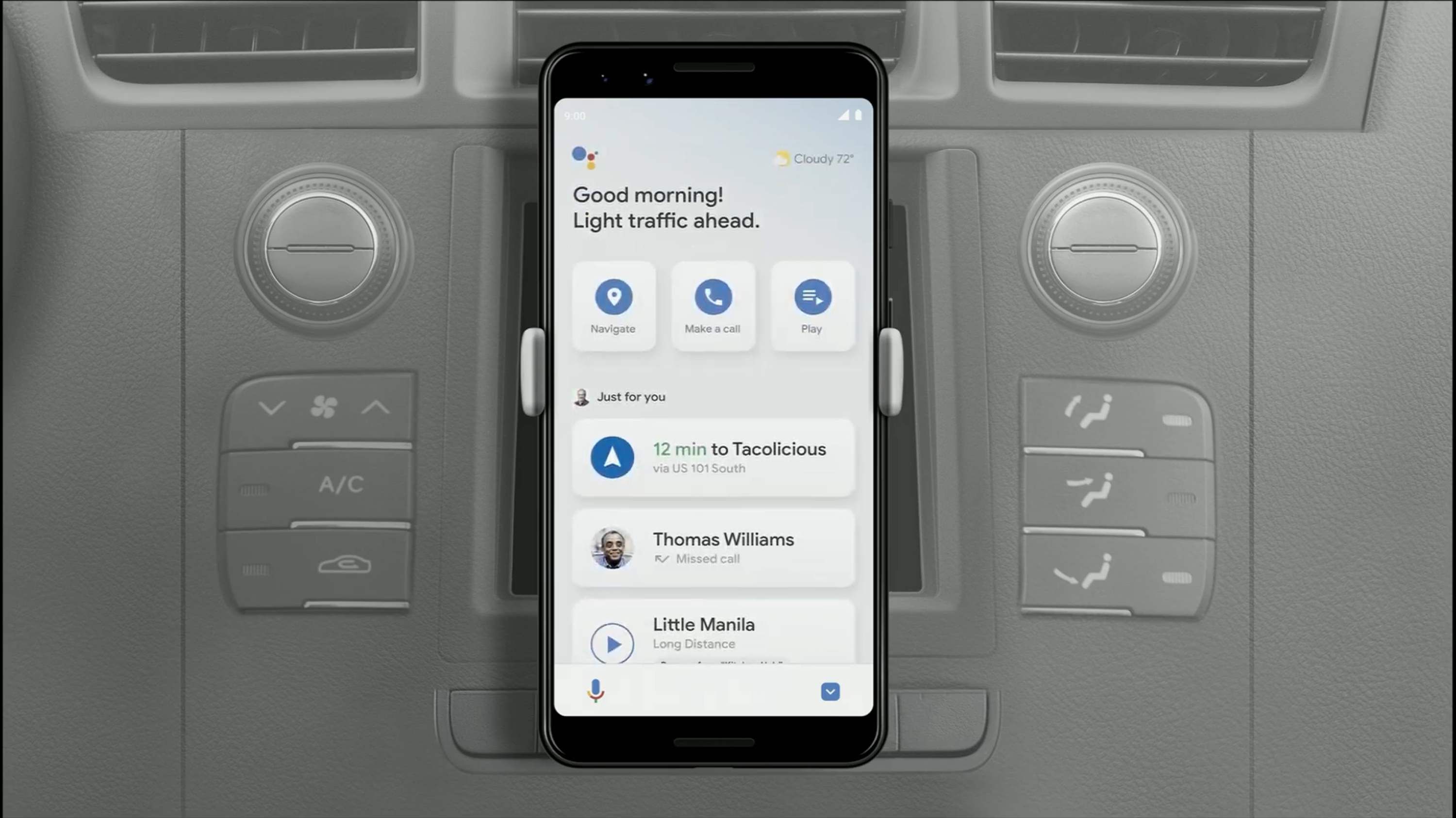If you drive a car without a dashboard display, it's been a rough couple of years. Last year, Google shut down Android Auto for phone screens on Android 12 and beyond, with the app shuttering entirely for all users this year. Earlier this week, we learned Assistant Driving Mode was dropping the Maps card from its dashboard. It made some sense — that specific static card wasn't particularly useful, as it redirected you into the full Maps app — but it turns out that's far from the full story. Today, Google confirmed it's making a much larger change to Assistant Driving Mode: it's shuttering the dashboard view completely.
Google reached out to Android Police today to clarify the future of its car-friendly UI for phones in cars, and it's a big shift. On November 21st, the company will shut down the dashboard view that first launched late last summer, shifting the experience over to Maps entirely and streamlining the experience for drivers.
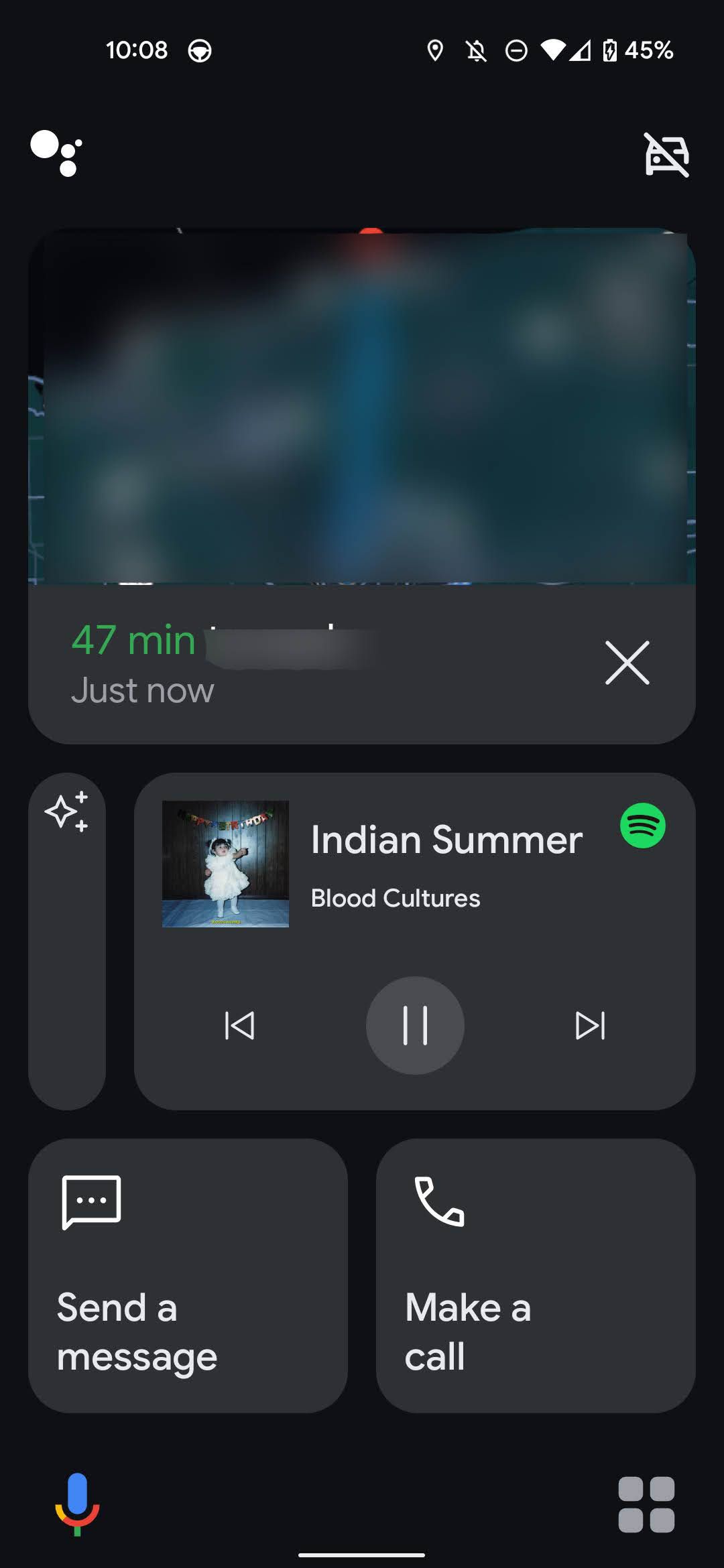
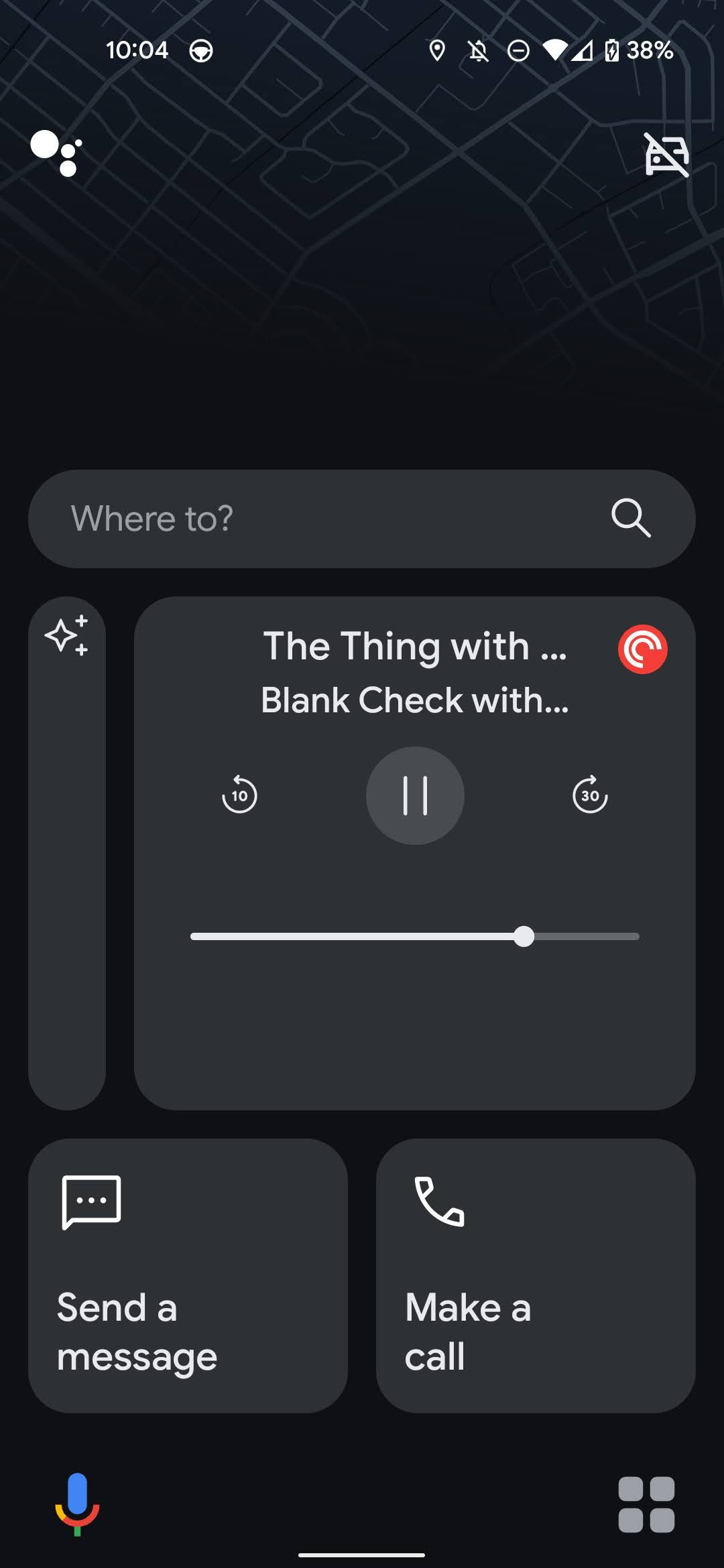
Assistant Driving Mode's dashboard view.
Rather than opening Driving Mode through a voice command or a home screen shortcut, it'll blend into standard Maps navigation, offering pop-up notifications for incoming calls and messages. These prompts can be interacted with either by tapping the large icons on screen, or through standard voice commands that keep your hands on the wheel. Thankfully, the app grid is still there, giving you quick access to all those services and shortcuts.
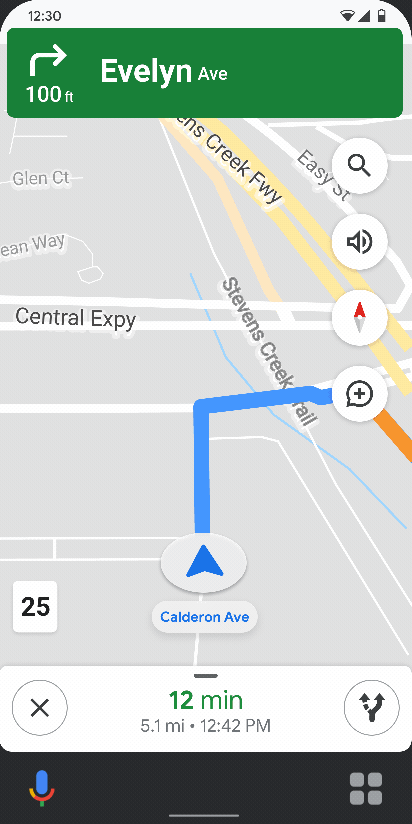
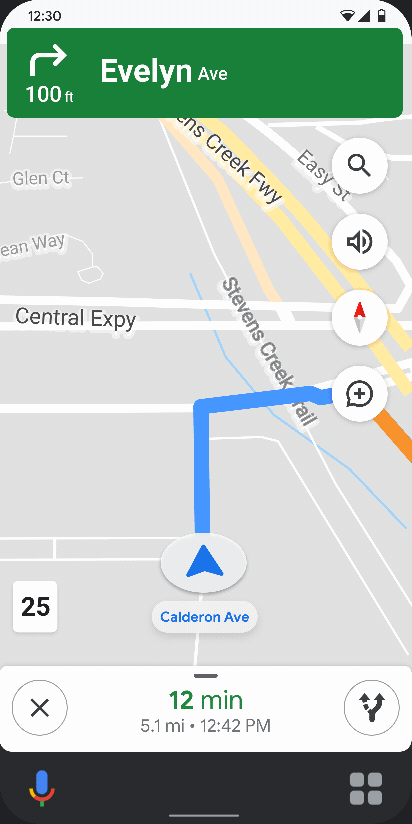
Assistant Driving Mode's notifications built into Maps.
So why is this change happening? It turns out that most users interact with Assistant Driving Mode through Maps, not through the dashboard itself. This fact makes perfect sense: not only does Maps open any time you give Driving Mode a destination, but those Assistant-powered features also launch within Maps if you start navigation through the app directly. Google never provided drivers a way to get back to the dashboard view once you were en route — it only gave you a shortcut to Driving Mode-supported apps like media and messaging. If you didn't know about Assistant Driving Mode, which needs to be initially accessed through a voice command before a home screen shortcut was ever made available, you'd never discover it organically.
More than anything, this change cements how Assistant Driving Mode failed to gain traction in the wake of Android Auto shutting down. Google had a chance to rethink what purpose your phone should serve while driving, something the initial announcement at I/O 2019 seemed to demonstrate. By the time this dashboard view launched over two years later, Assistant Driving Mode had an entirely new UI, focused less on providing drivers with contextual information, and more on a standard set of widgets and shortcuts. With limited regional availability and no space in the app drawer, it's no wonder this service never quite caught on.
It was never meant to be.
Ultimately, Driving Mode felt half-baked from the start, especially considering navigation never synced with the dashboard. With next month's changes, it's best to think of these tools as a Maps feature, not as part of Assistant or Android. In a way, today's news truly marks the final nail in the coffin for Android Auto on phone screens. If you're hitting the road this holiday season, you'll either need a car with a built-in dash display or be forced to rely on Maps with Assistant's unique toolset. Otherwise, an assortment of third-party offerings are waiting for you on the Play Store.

